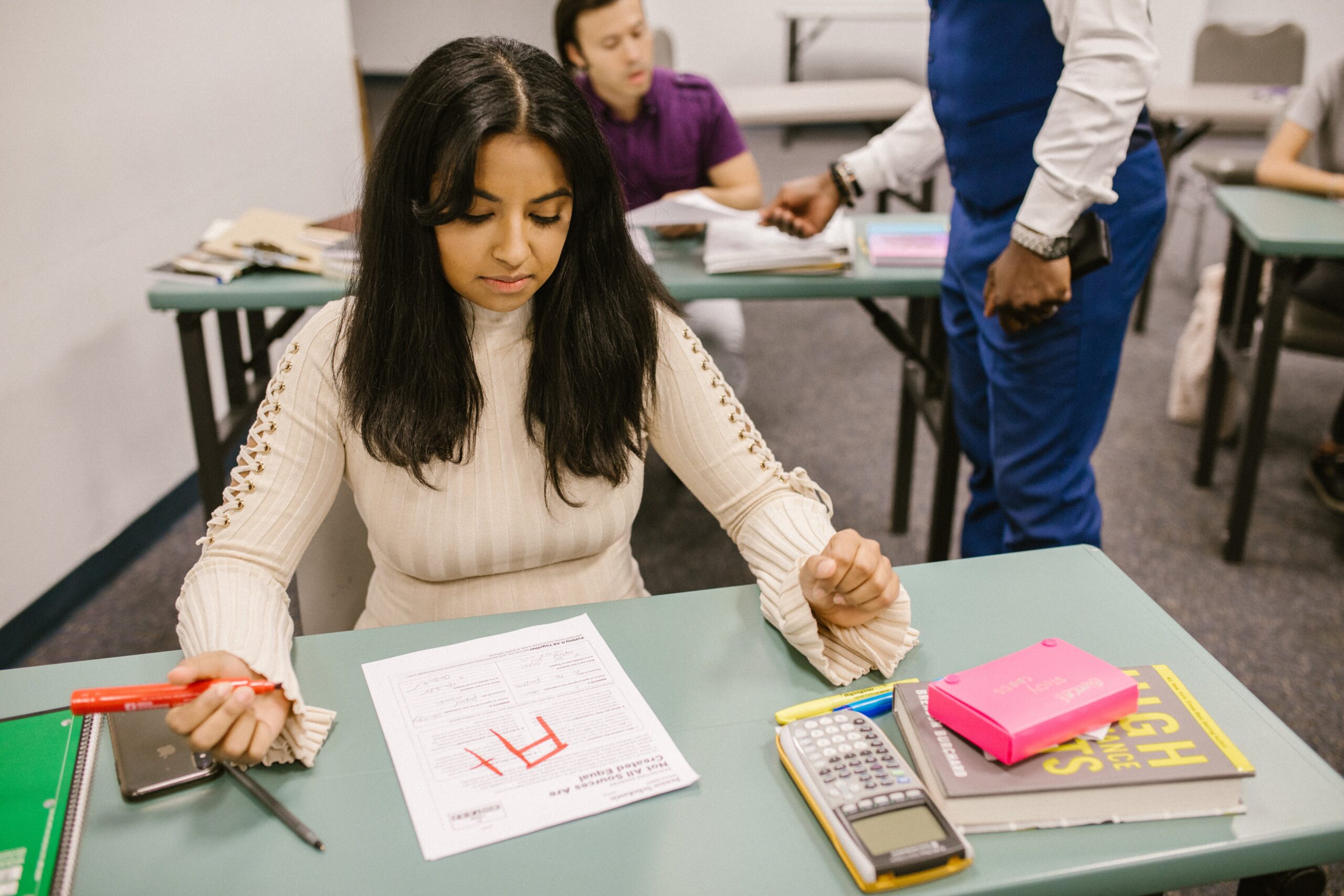In the pursuit of academic excellence and holistic student development, it is crucial to confront the reality that many of our schools are facing significant challenges.
This exploration aims to dissect the various factors contributing to the perceived shortcomings of our education system, shedding light on systemic issues that hinder success. By understanding these challenges, we can pave the way for informed reforms that propel our schools toward success.
1. Underfunding and Resource Disparities
A fundamental issue plaguing many educational institutions is the persistent problem of underfunding. Across different regions and socio-economic contexts, schools often struggle with insufficient resources, affecting everything from classroom materials to teacher salaries. This financial strain exacerbates educational disparities, leaving some schools better equipped to nurture student potential than others.
Solution
Advocate for increased public investment in education, focusing on equitable distribution of resources. Implement policies that address funding gaps, ensuring that every school has access to the tools and resources necessary to provide a high-quality education.
2. Standardized Testing Pressures
The emphasis on standardized testing has become a double-edged sword in education. While assessments can provide valuable insights into student performance, an overreliance on these tests can stifle creativity and critical thinking. Teachers may feel pressured to “teach to the test,” narrowing the curriculum and inhibiting a more holistic approach to education.
Solution
Rethink the role of standardized testing in education. Explore alternative assessment methods that focus on individual growth, creativity, and problem-solving skills. Encourage a more comprehensive evaluation system that values a diverse range of talents and capabilities.
3. Lack of Teacher Support and Professional Development
Teachers are the backbone of the education system, yet many face inadequate support and limited opportunities for professional development. The demands placed on educators are extensive, and without proper support, they may struggle to adapt to evolving teaching methodologies and address the diverse needs of their students.
Solution
Prioritize teacher well-being by offering comprehensive professional development programs. Create mentorship initiatives to support new teachers and provide ongoing training opportunities. Recognize and reward effective teaching practices to incentivize continuous improvement.
4. Outdated Curriculum and Teaching Methods
In a rapidly evolving world, the stagnation of curriculum and teaching methods is a significant hurdle. Outdated materials and approaches may fail to engage students or adequately prepare them for the challenges of the 21st century. There is a growing need for a curriculum that is both dynamic and relevant to the real-world demands students will face.
Solution
Undertake a comprehensive review of curriculum content, ensuring it aligns with current societal needs and technological advancements. Promote project-based learning, hands-on experiences, and interdisciplinary approaches to keep students actively engaged and foster a deeper understanding of subjects.
5. Inequities in Educational Opportunities
Educational opportunities are not distributed evenly, creating a stark divide between schools in affluent areas and those in underprivileged communities. Students in economically disadvantaged areas may lack access to advanced courses, extracurricular activities, and experienced teachers, perpetuating a cycle of inequality.
Solution
Implement policies that address educational inequities, ensuring fair distribution of resources and opportunities. Provide additional support and resources for schools in underprivileged areas, including mentorship programs, after-school initiatives, and access to technology.
6. Lack of Emphasis on Social and Emotional Learning (SEL)
The focus on academic achievement often overshadows the importance of social and emotional learning (SEL). Students require not only cognitive skills but also emotional intelligence to navigate a complex and interconnected world. Neglecting SEL can contribute to issues such as stress, anxiety, and challenges in interpersonal relationships.
Solution
Integrate SEL programs into the curriculum to foster emotional intelligence, resilience, and effective communication. Create a positive and inclusive school culture that prioritizes the mental and emotional well-being of both students and educators.
7. Parental Involvement and Community Engagement
The level of parental involvement and community engagement plays a crucial role in a student’s academic success. Schools often face challenges in fostering strong partnerships with parents and the community, hindering efforts to create a comprehensive support network for students.
Solution
Establish initiatives to enhance parental involvement, such as regular communication channels, parent-teacher associations, and workshops. Strengthen ties with the local community by involving businesses, community leaders, and organizations in educational initiatives. A collaborative approach involving parents and the community can contribute significantly to a positive learning environment.
8. Overcrowded Classrooms
Large class sizes are a pervasive issue in many schools, limiting the amount of individualized attention each student receives. Overcrowded classrooms can hinder effective teaching and impede the development of meaningful teacher-student relationships.
Solution
Advocate for reduced class sizes to ensure teachers can provide personalized attention to each student. Explore innovative scheduling models, such as staggered classroom hours or blended learning approaches, to optimize teacher-student interaction.
9. Insufficient Focus on Career Readiness
The traditional education system often falls short in adequately preparing students for the workforce. A gap exists between academic knowledge and practical skills needed in various professions, leaving graduates unprepared for the demands of the modern job market.
Solution
Integrate career readiness programs into the curriculum, offering practical skills development, vocational training, and exposure to diverse career paths. Foster partnerships with businesses and industries to provide students with real-world experiences, internships, and mentorship opportunities.
10. Cultural Insensitivity and Lack of Diversity
The curriculum in many schools may not adequately represent the diversity of cultures and perspectives. This lack of inclusivity can contribute to feelings of alienation among students from underrepresented backgrounds.
Solution
Review and diversify curriculum content to reflect a broader range of cultural experiences and historical perspectives. Promote diversity in teaching staff to ensure that educators come from various backgrounds, fostering a more inclusive and culturally sensitive learning environment.
11. Limited Access to Technology
The digital divide remains a significant hurdle in education, with some students having limited access to technology and the internet. This lack of access can hinder their ability to participate in modern, technology-driven learning experiences.
Solution
Implement initiatives to bridge the digital divide, providing students with access to technology both in and outside the classroom. Explore public-private partnerships to ensure that all students have equitable access to digital tools and resources.
12. Bureaucratic Challenges and Lack of Flexibility
Bureaucratic hurdles and administrative rigidity can impede the ability of schools to adapt quickly to changing educational needs. Cumbersome administrative processes may limit innovation and hinder the implementation of effective reforms.
Solution
Streamline administrative processes to increase efficiency and flexibility. Empower school leaders with more autonomy to make decisions that align with the unique needs of their students and communities.
Conclusion
The challenges faced by our schools are multifaceted, stemming from systemic issues that demand comprehensive solutions.
By acknowledging the issues of underfunding, standardized testing pressures, inadequate teacher support, outdated curriculum, educational inequities, and the lack of emphasis on social and emotional learning, we can work collectively to redefine the future of education.
Through strategic reforms, increased investment, and a commitment to prioritizing the needs of students and educators alike, we can pave the way for schools that not only succeed but thrive in nurturing the potential of every learner.




